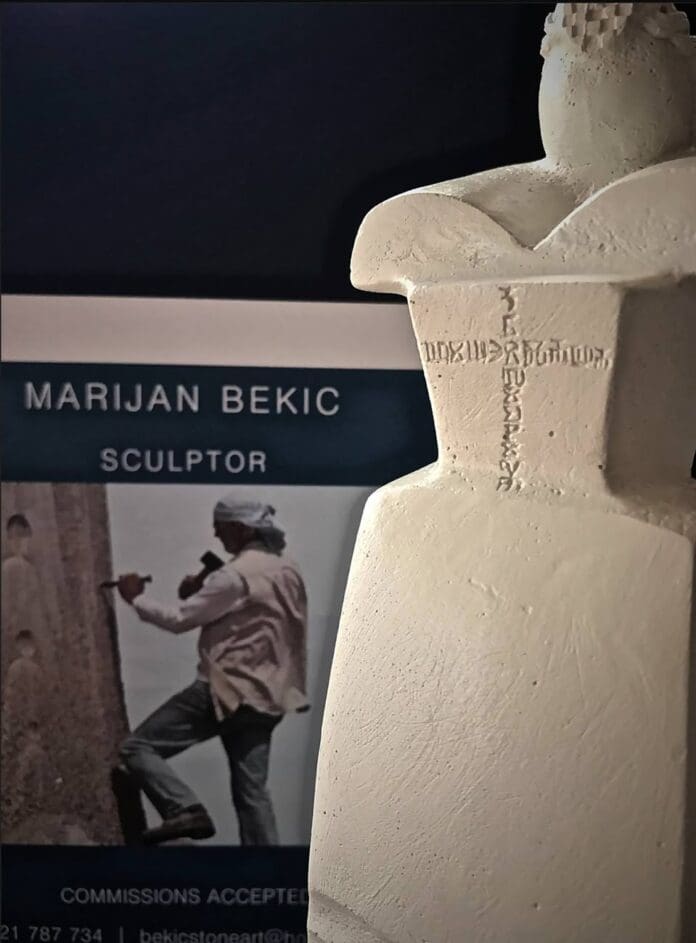Stone as a Teacher: Marijan Bekić Lessons in Patience and Precision For any sculptor, working with stone imparts invaluable lessons.
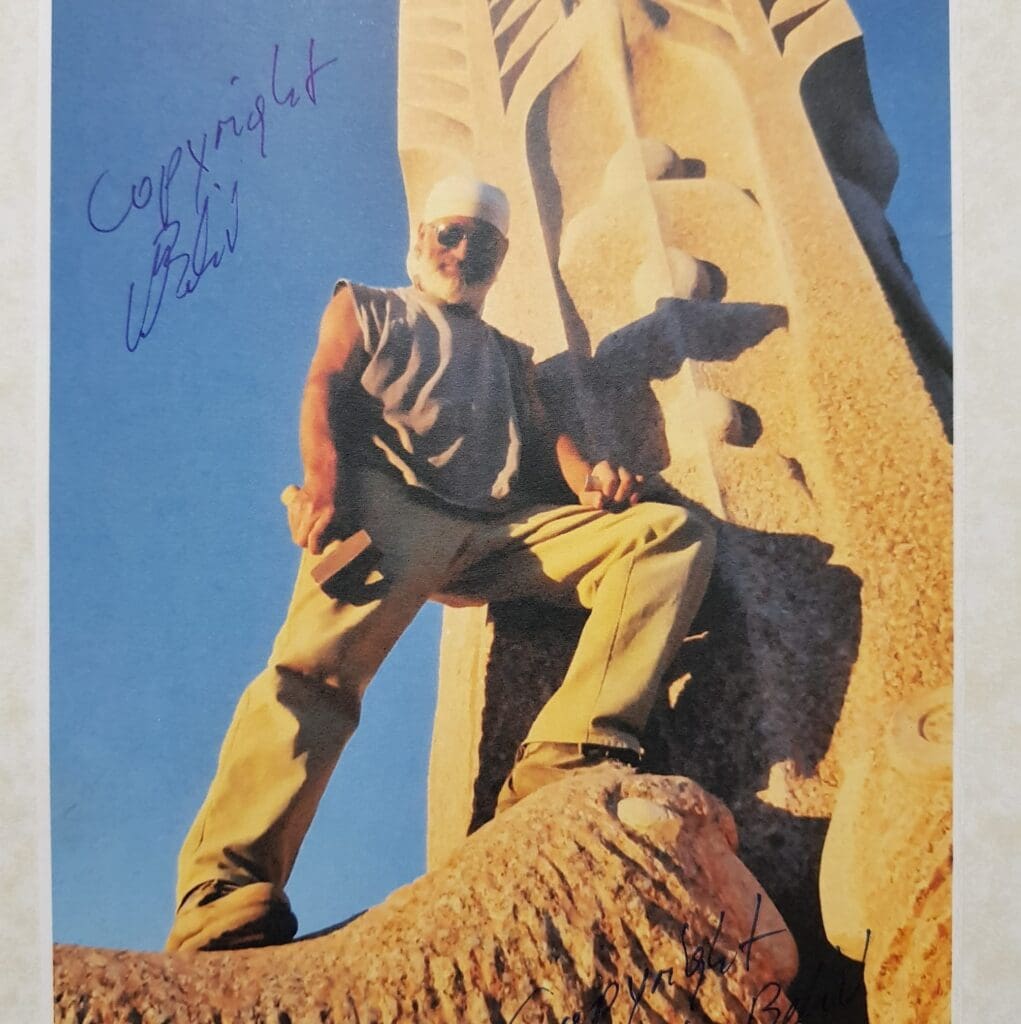
By Suzana Fantov
Photos: private album M.Bekić
From the pastoral landscapes of Croatia to the rugged terrains of Australia, the journey of sculptor Marijan Bekić is one of passion, perseverance, and divine inspiration. Through stone and bronze, he has carved not just art but a legacy that bridges cultures, faith, and history. Here, he shares his story, inspirations, and reflections on a life dedicated to sculpture.
The Beginnings of an Artistic Path
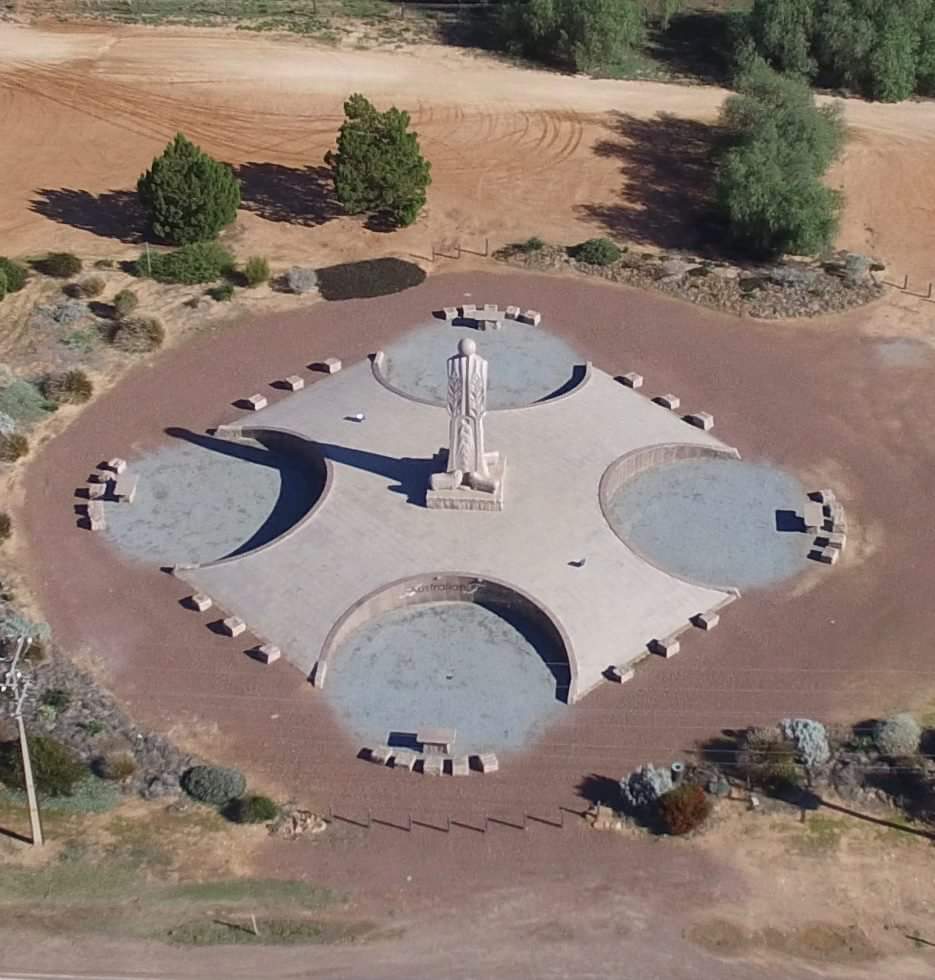
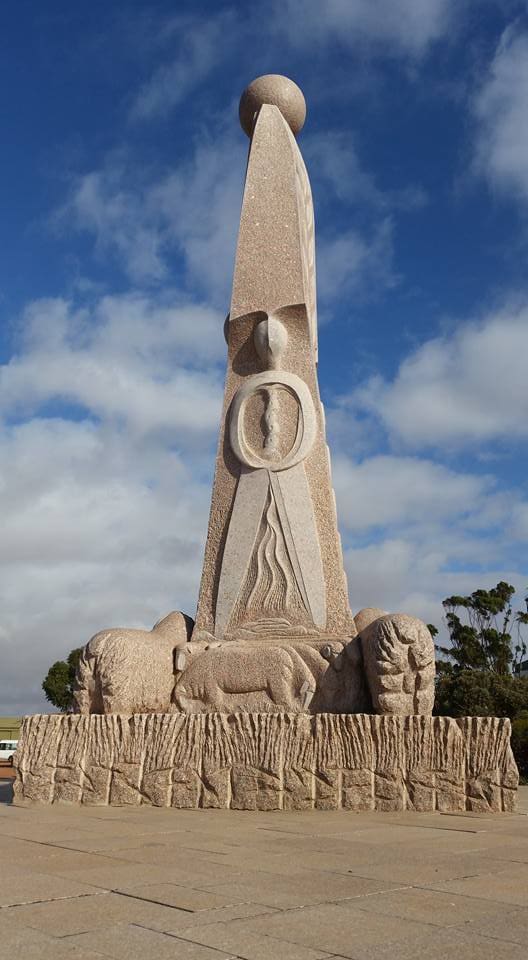
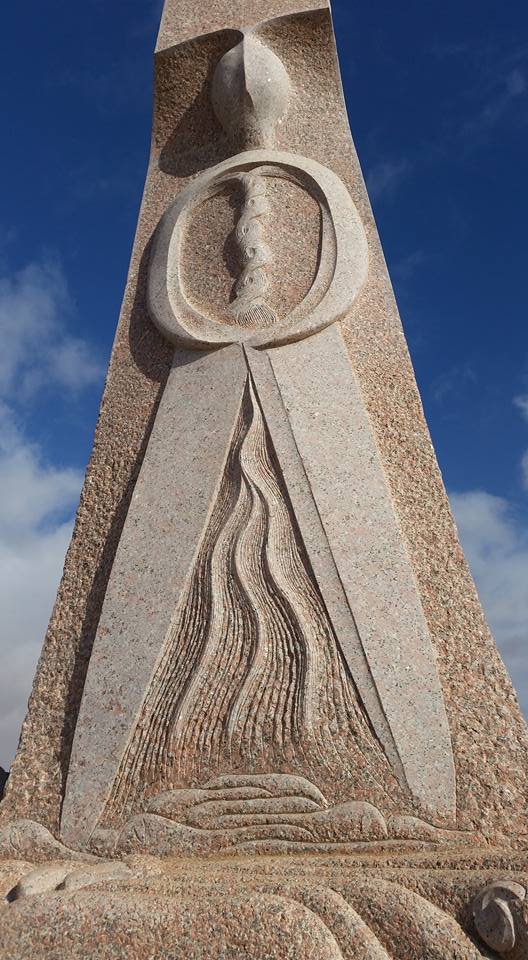
What first inspired you to express yourself through sculpture?
For as long as I can remember, I have felt a deep need to create—through drawing, painting, and eventually sculpture. In my early years, alongside shepherding duties and school, I would carve miniature figures in wood.
During my eight years of schooling, I discovered the works of great sculptors like Ivan Meštrović, Rodin, and Michelangelo. Their artistry fuelled my ambition to one day become a sculptor myself. There was something about three-dimensional forms that captivated me like nothing else.
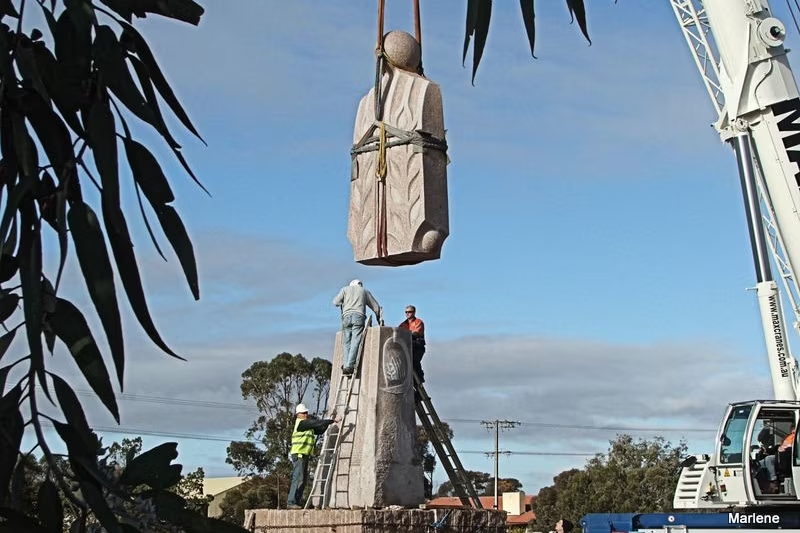
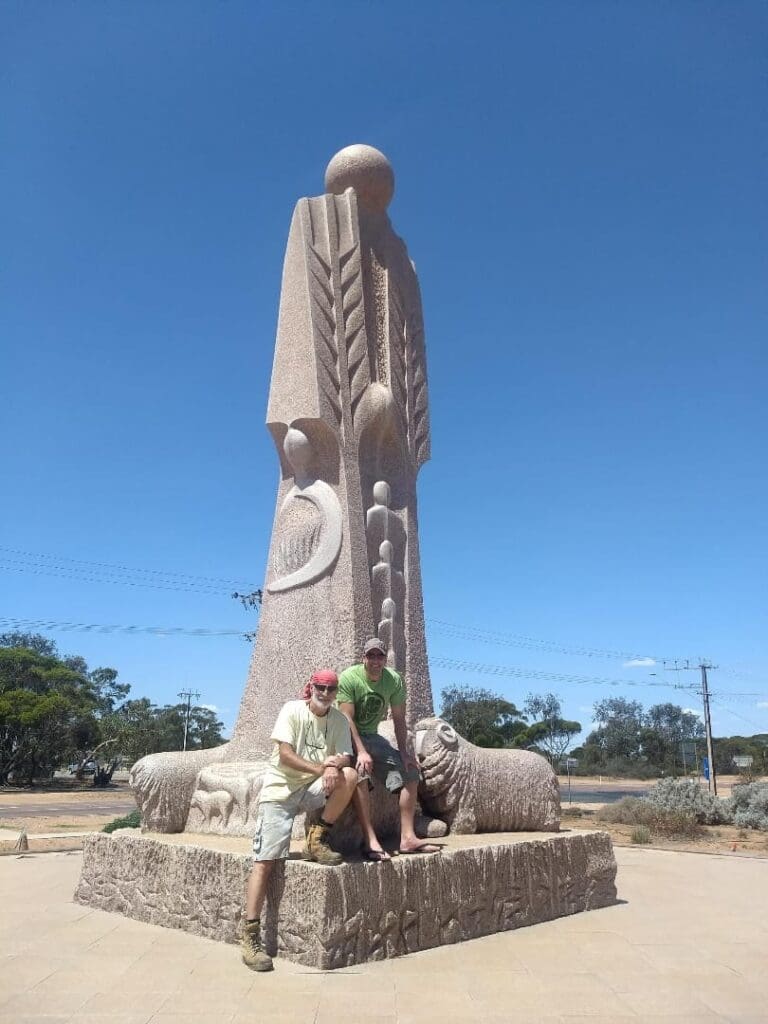
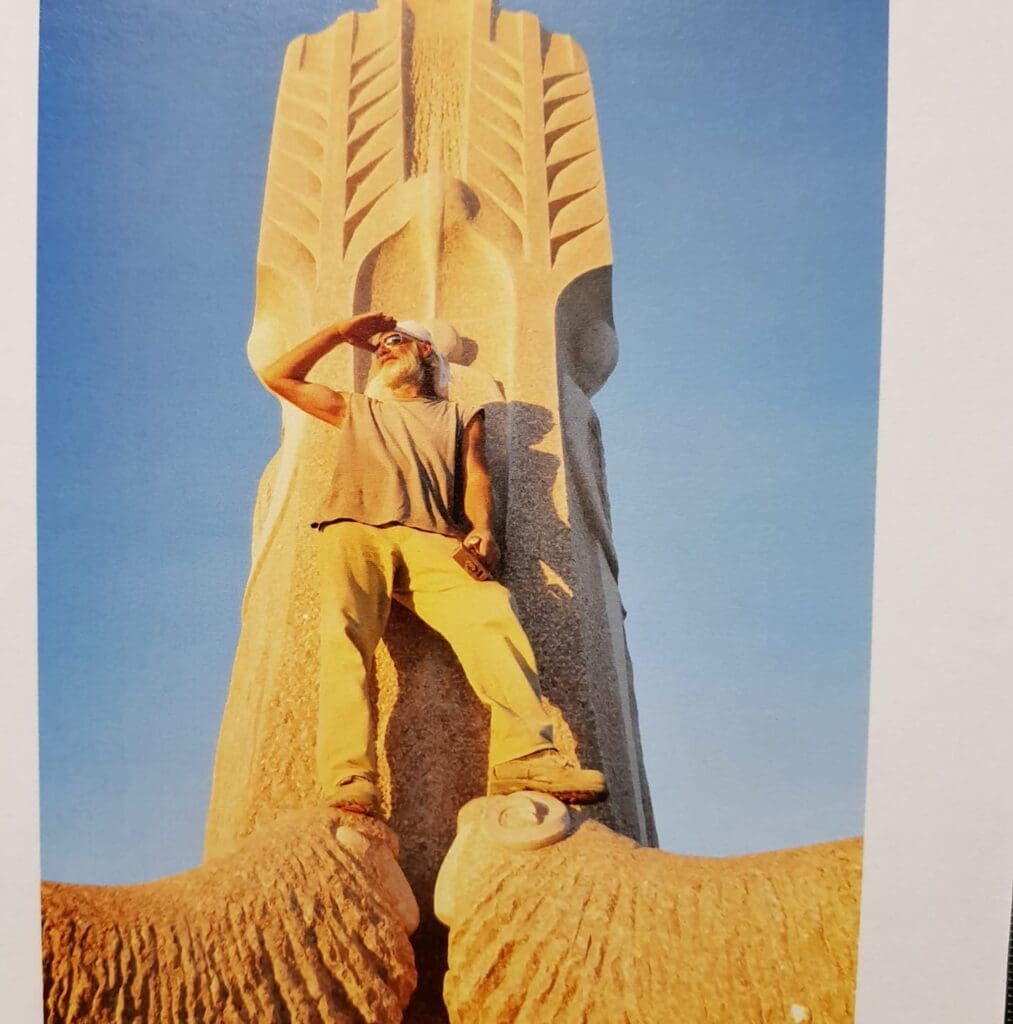
How has your Croatian heritage influenced your artistic development?
I cannot say exactly how much my Croatian roots have shaped my work, but I believe the seed of creativity and divine inspiration was planted in me from a young age. Some of my pieces may carry a hint of nostalgia for the homeland of my ancestors. However, since I mostly work on commissions, I must adhere to specific themes—though always with my own authentic and recognisable style.
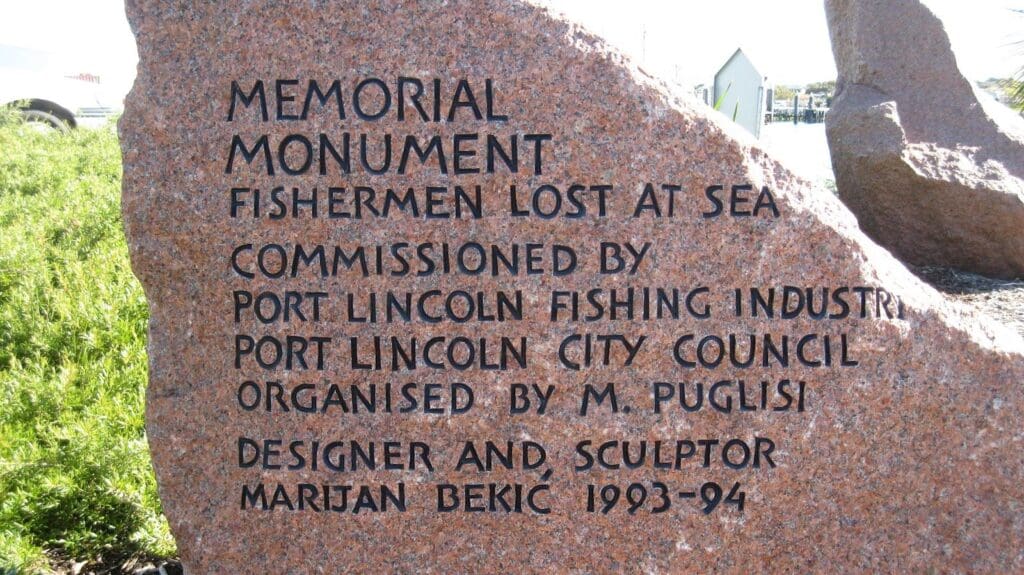
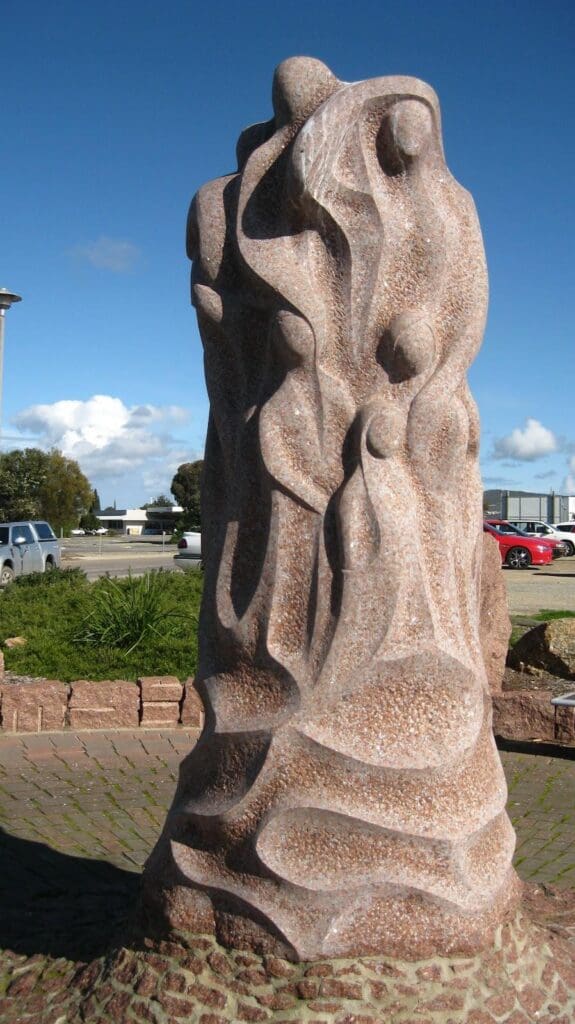
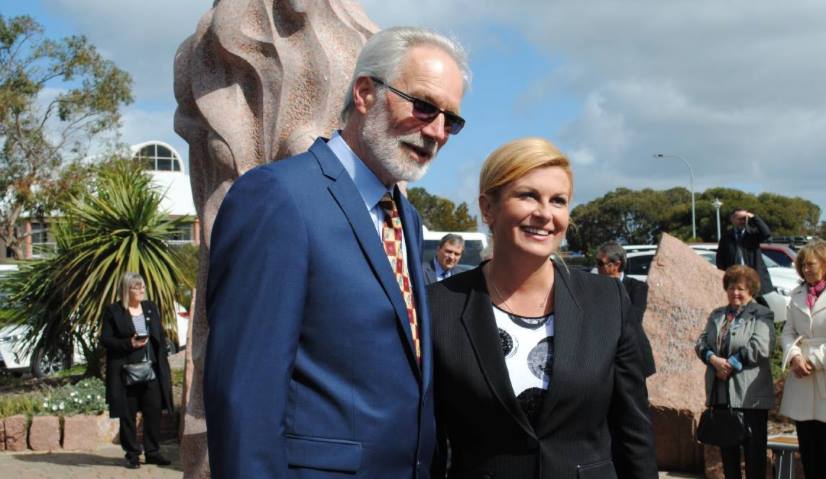

Life and Work in Australia
When did you move to Australia, and how has life here shaped your artistic expression?
My family and I immigrated to Australia in 1989, directly from Switzerland, where I had spent twenty formative years. Switzerland had a profound impact on me—I learned invaluable skills there, including completing my sculpting education at the Kunstgewerbe Schule in Bern. Even then, I yearned for independence, quickly establishing my own studio.
Australia was a fresh start—a pioneering chapter. The country, particularly South Australia, is rich in granite, a material I fell in love with for its beauty, durability, and timelessness. As I shape the stone, the stone shapes me. It’s a fascinating struggle between hard rock and the patient, persistent soul of an artist.
Stone demands harmony—it resists force and aggression, cracking where it shouldn’t if handled roughly. Yet it also ignores hesitation. It yields only when shaped with respect for its natural properties. Without the right tools and techniques, there can be no results.
Creating a miniature model in softer materials is one thing; bringing it to life in massive, unyielding stone is another challenge altogether.
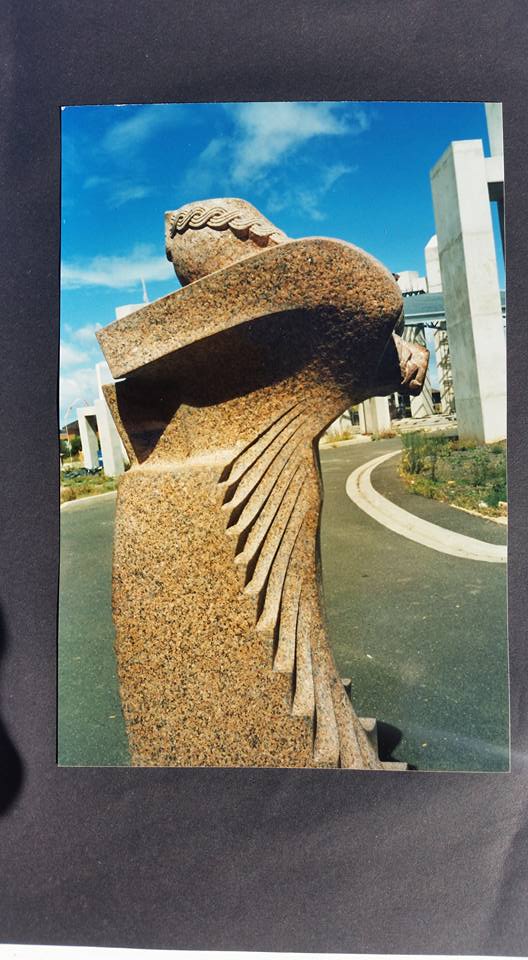
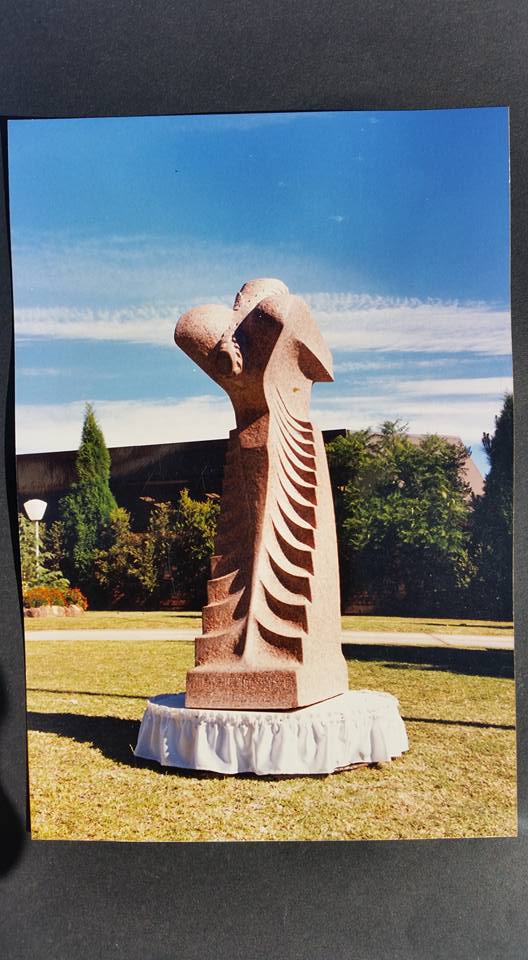
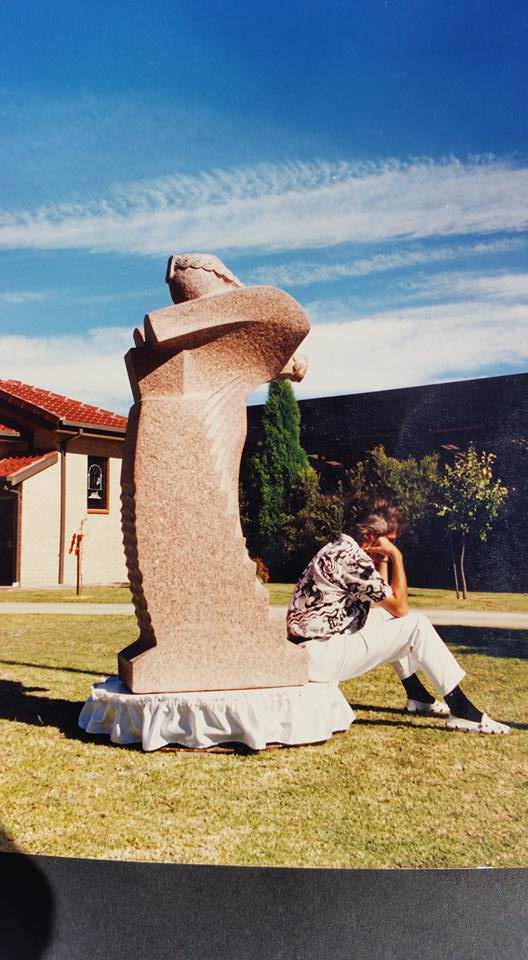

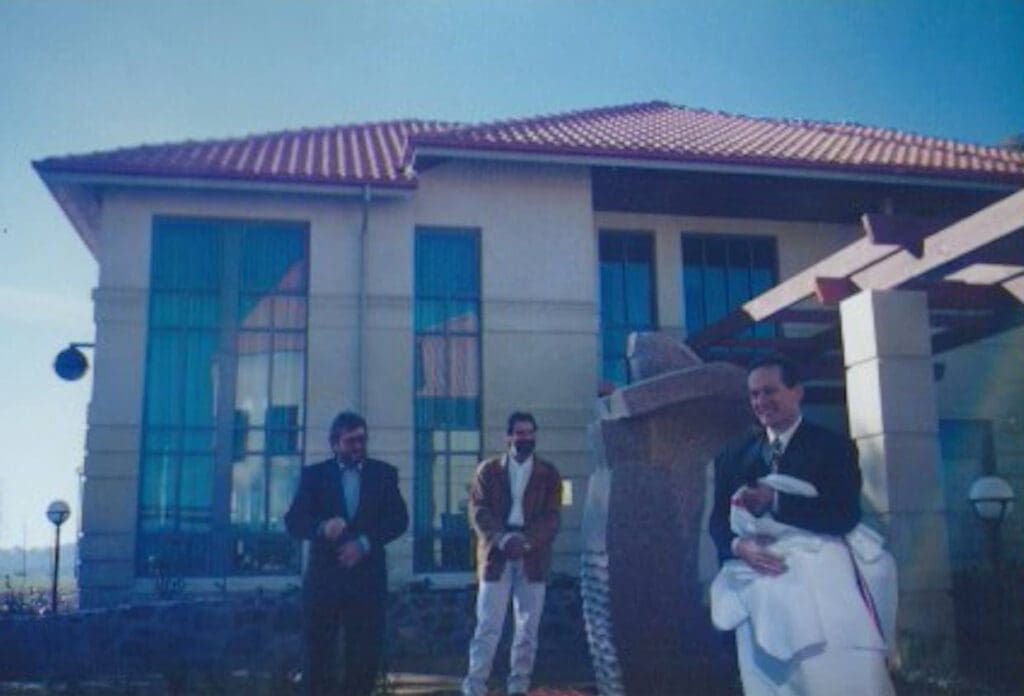
Themes and Inspiration
Your works often reflect history, faith, and identity. What messages or emotions do you aim to convey through your sculptures?
The journey from idea to finished stonework follows several stages, especially when working on commissions. I begin with sketches, then move to a 3D clay model, followed by a plaster cast. Once approved, I select the stone and begin the painstaking process of scaling up the design.
If the piece is to be cast in bronze or copper, I model it in full size before sending it to a foundry. With stone, however, I skip a step—scaling directly from a small model to the final piece, requiring meticulous attention to detail.
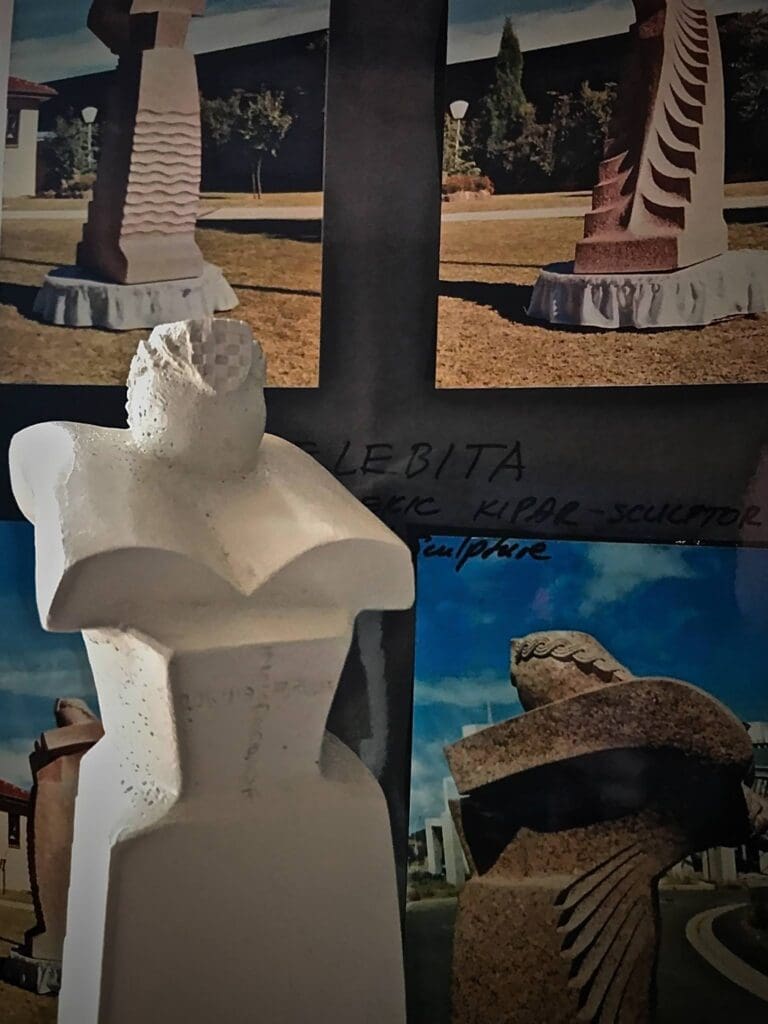
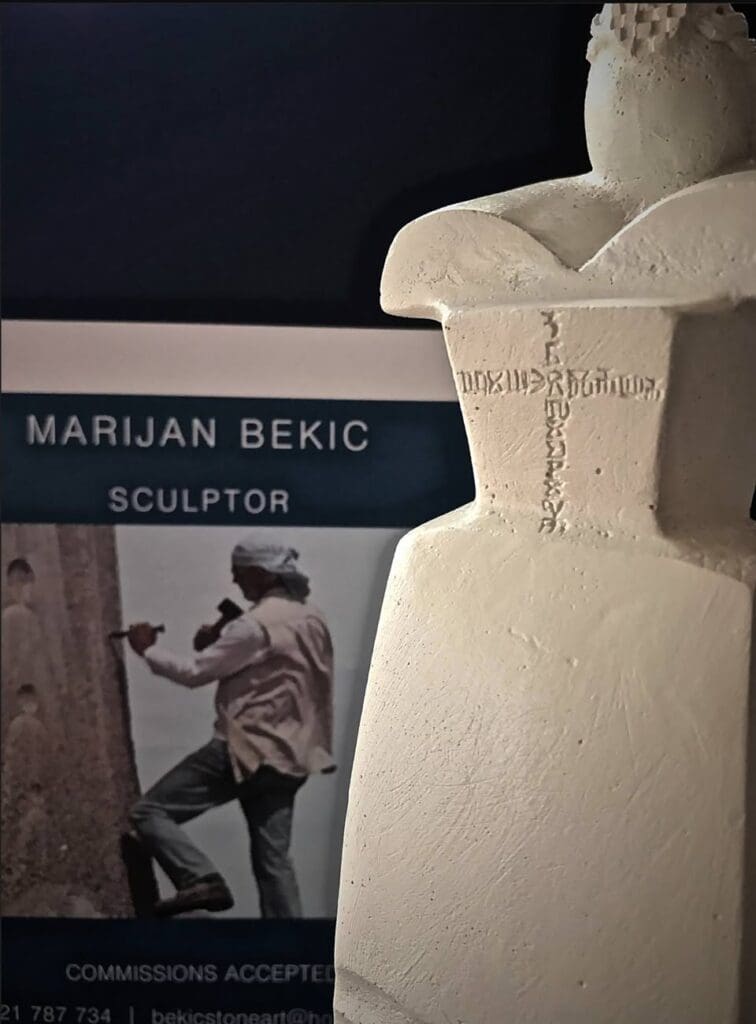
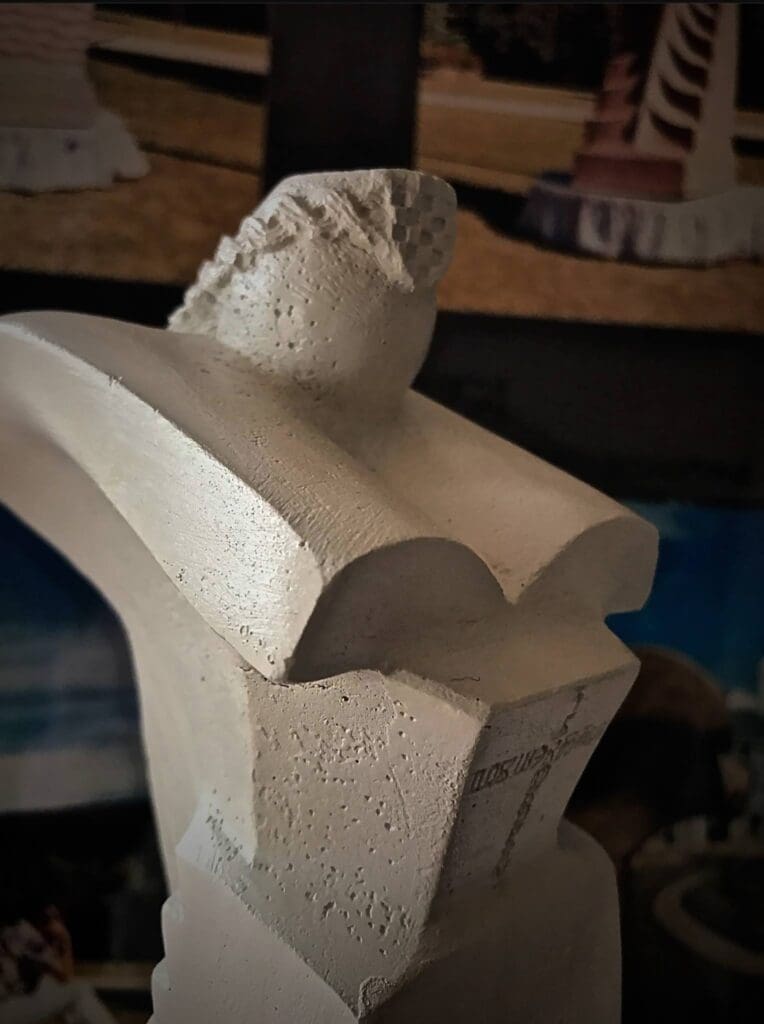
Where do you draw inspiration from—nature, personal experiences, Croatian culture, or something else?
My inspiration comes from many sources, depending on the theme and circumstances—sometimes even my mood. The best solutions often come unexpectedly during prayer or Mass. Some might say I’m not paying attention to the sermon, but I consider these moments divine inspiration—God knows my thoughts and needs.
If an artist chases fame or money, they betray their calling. Authenticity comes when creativity is driven not by material gain or social status but by genuine passion. My motto has always been: Stay true to yourself, do honest work, and let others judge and reward you accordingly.
Once a piece is unveiled to the public, it is no longer mine to control. If recognition comes, it is welcome—but the work itself is what truly matters. “By their fruits, you will know them.” – Marijan Bekić
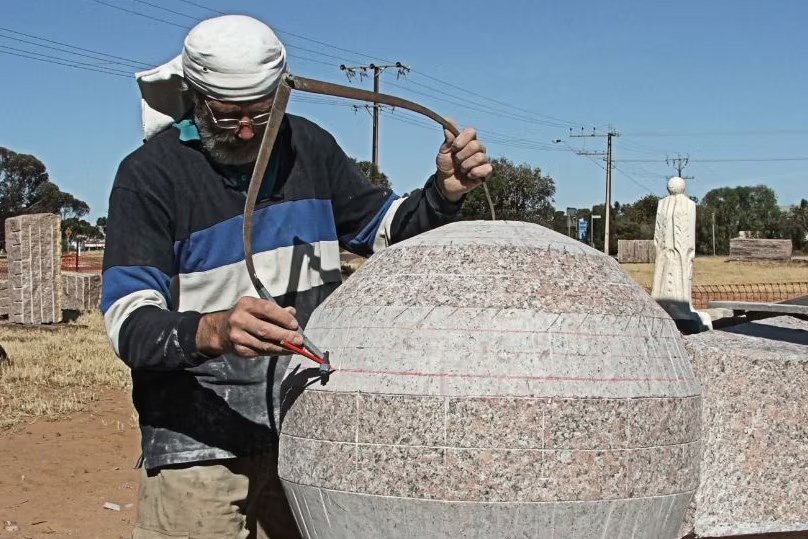
Recognition and Reflections
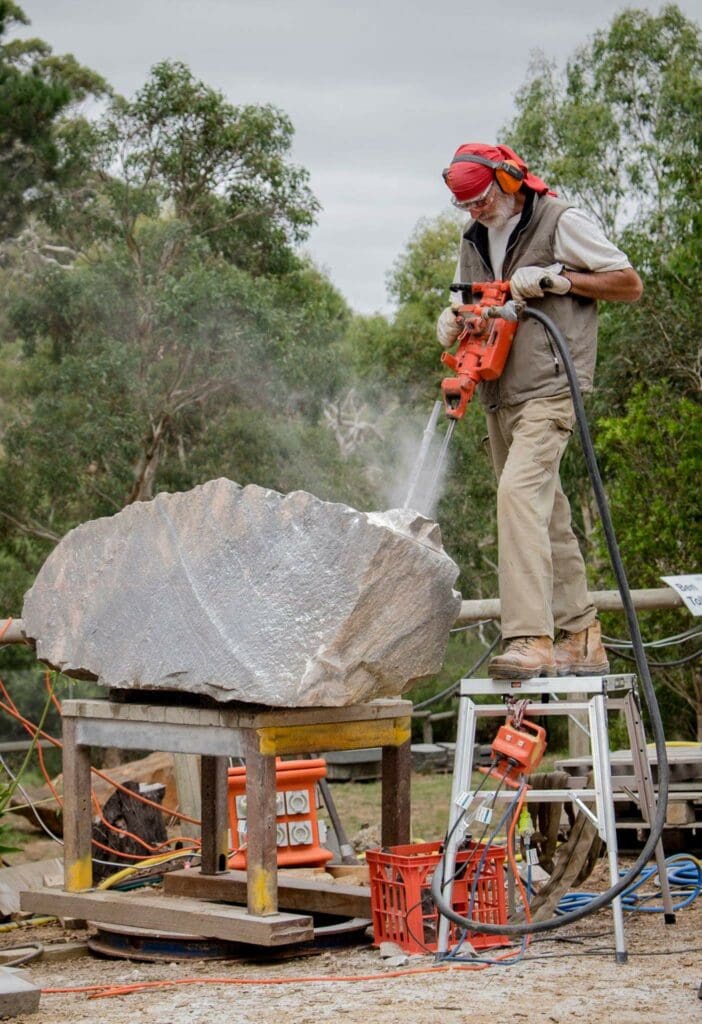
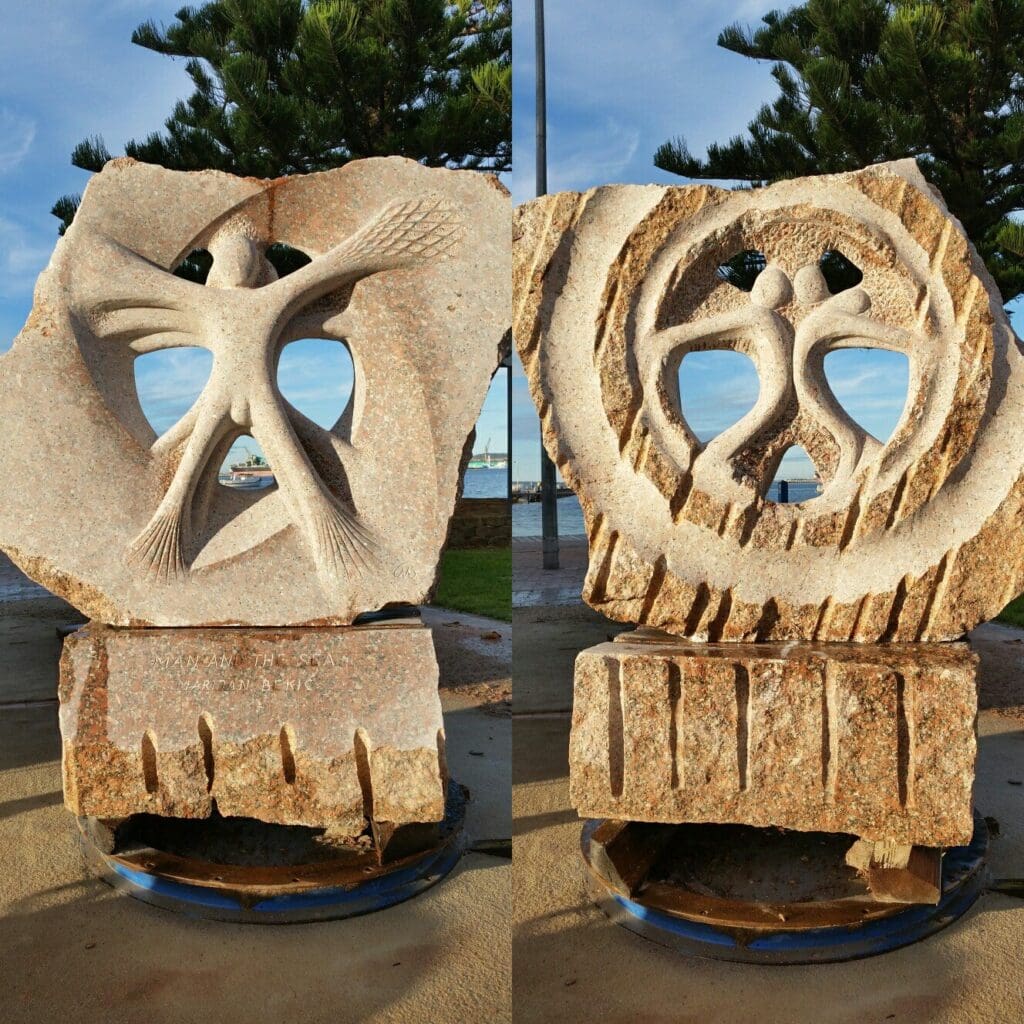
Your work is celebrated in Australia and beyond. How does it feel to see your art leaving an impression on others?
Praise and thoughtful criticism are always encouraging—they tell me that my work has resonated with someone. But my greatest satisfaction comes from knowing that my sculptures will outlive me, standing for generations after I’m gone.
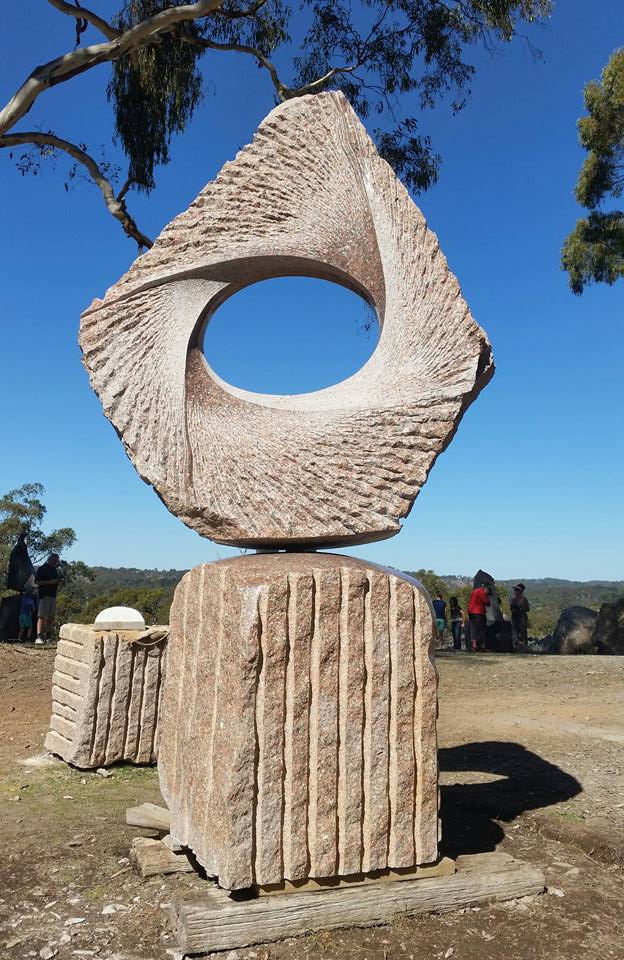
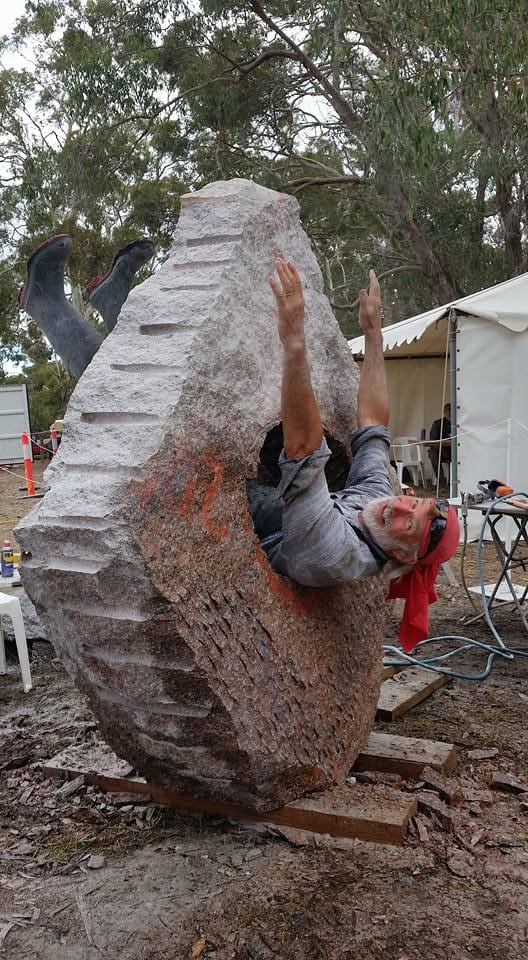
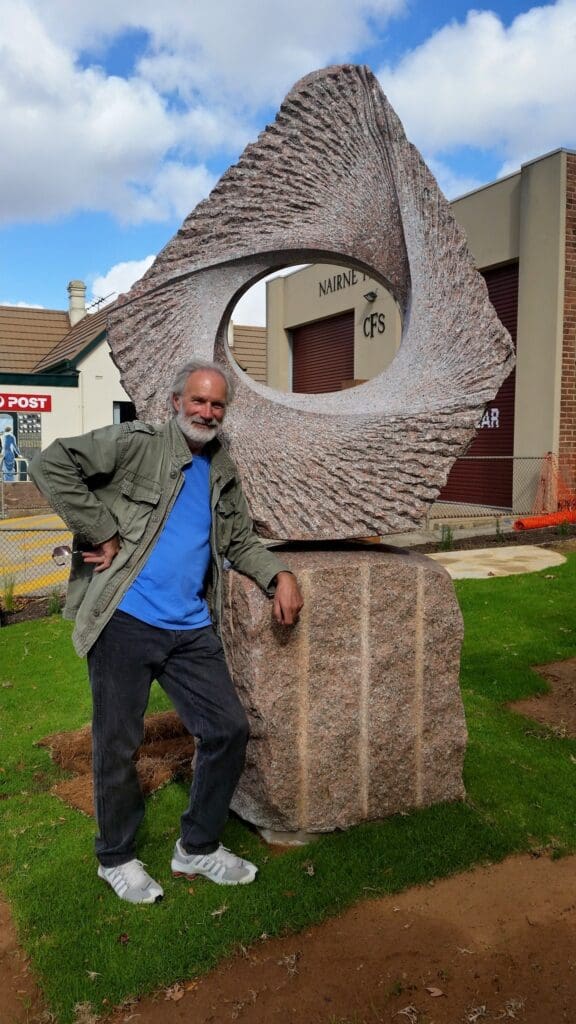
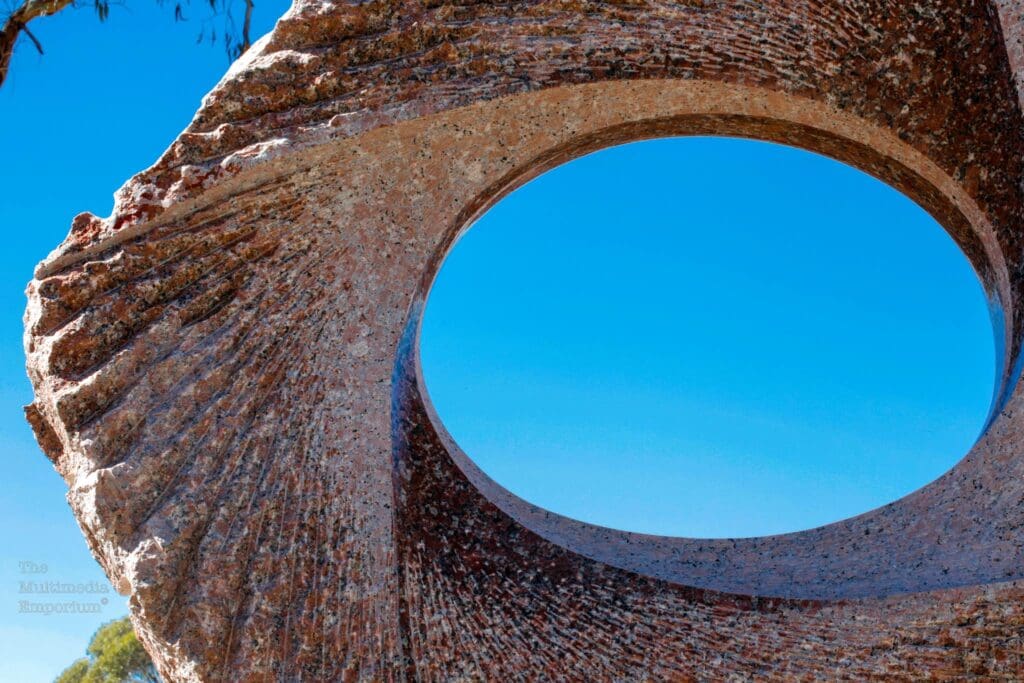
What has been the most special or rewarding moment in your artistic career?
It’s difficult to single out one piece, but if I must, it would be The Australian Farmer. This was my largest, most complex, and most demanding granite sculpture. It was also a remarkable collaboration with the small farming town of Wudinna, where I worked for two years under the public eye, assisted by my son David.
This project put Wudinna on Australia’s tourist map, and I’m immensely proud of it. The Croatian community also contributed, and their names are engraved at the base—a testament to shared effort. Every Croatian in Australia should visit this site, not just for the sculpture but because the locals I worked with are well-informed about Croatia.
As for awards, they don’t concern me much. How can one fairly judge art? The Australian Farmer was once nominated for the prestigious Ruby Award but ended up competing against entirely different categories—art festivals, no less! It was absurd.
Another cherished work is Vila Velebita, now permanently housed at the Croatian Embassy in Canberra. It has become a place of tribute to Croatian victims and a celebration of freedom—a piece I created with my heart for Croatia.
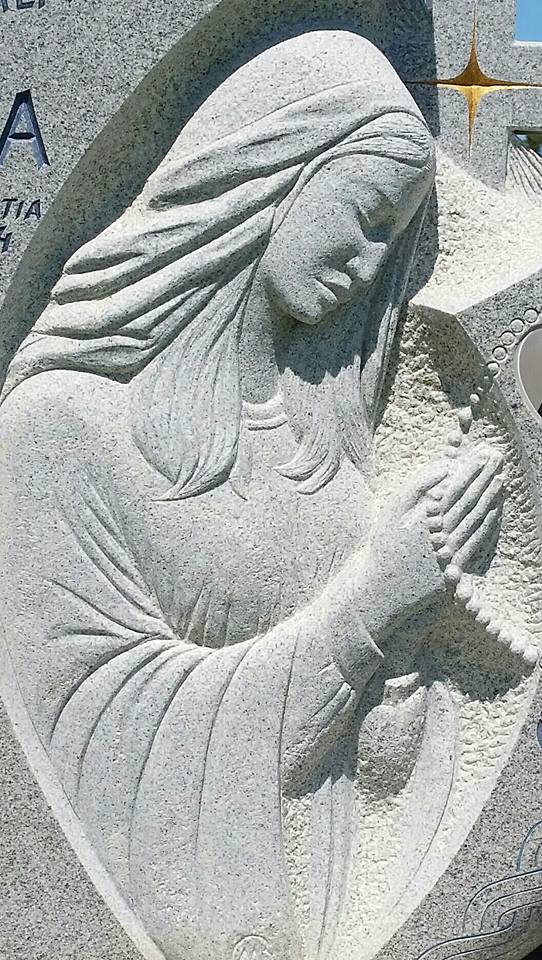
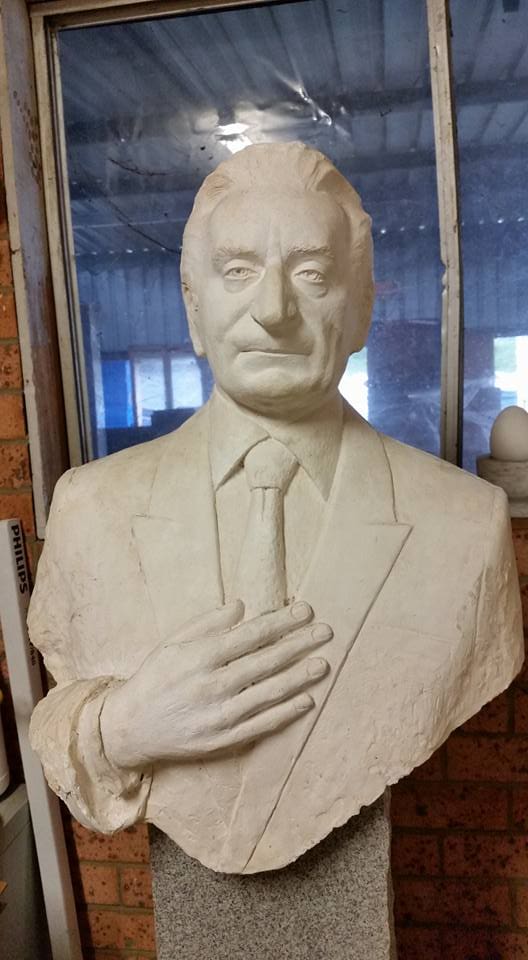
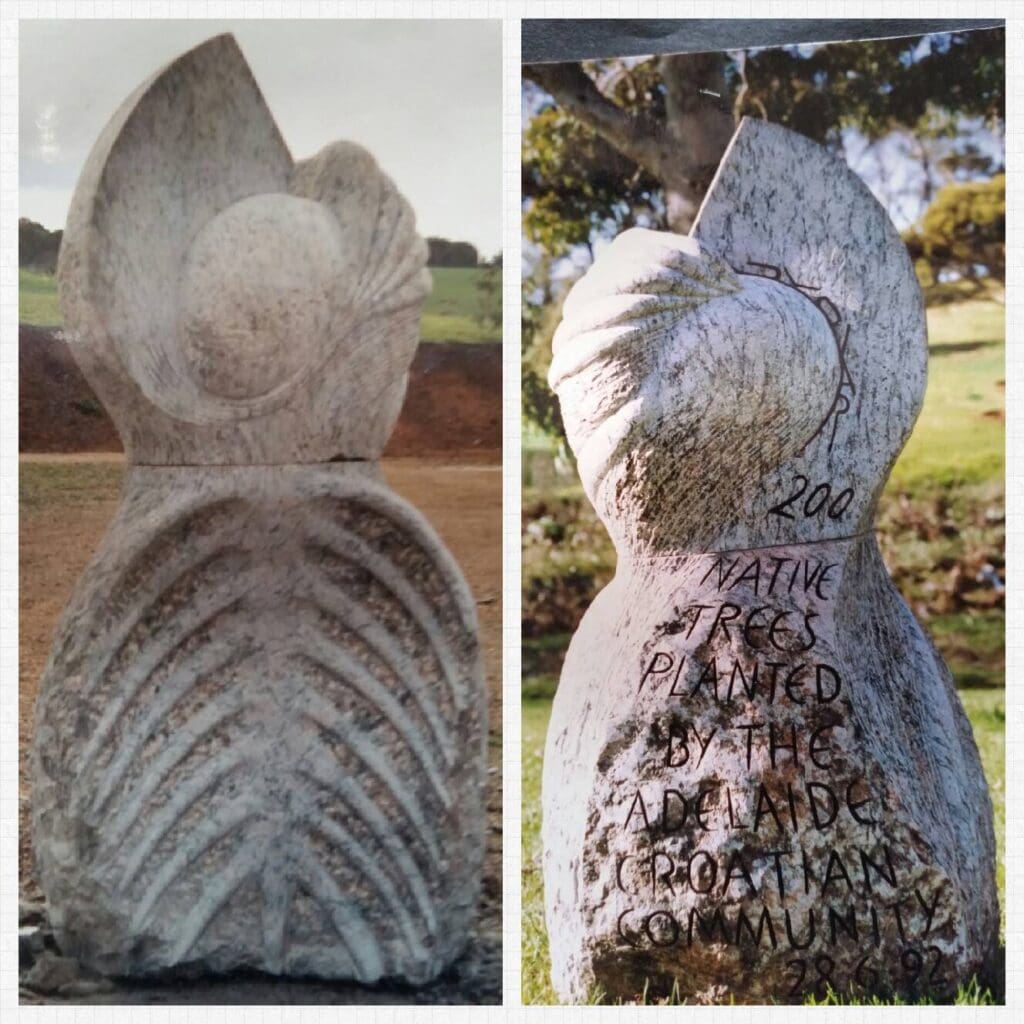
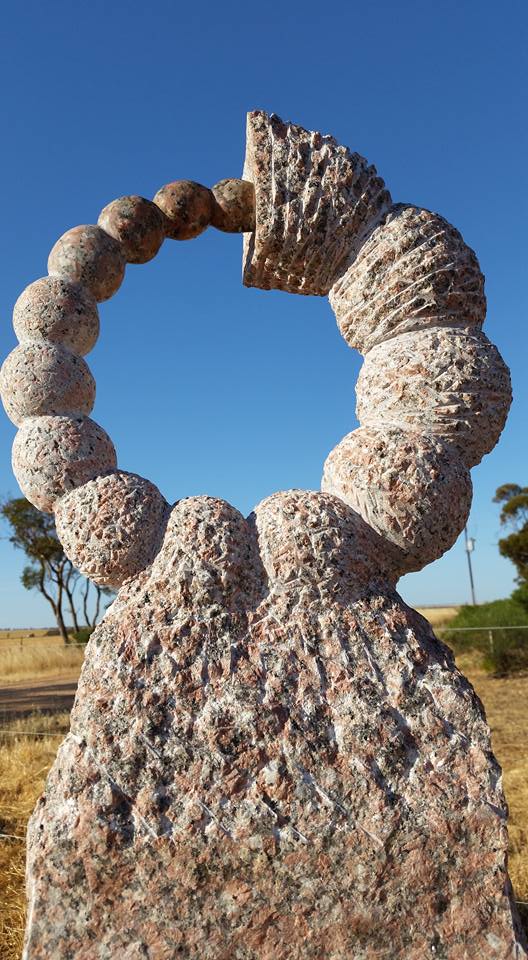
What advice would you give to young Croatians in Australia pursuing an artistic path?
If I may offer advice to any aspiring artist: Roll up your sleeves. Alongside God-given creativity, arm yourself with persistence, patience, and hard work—without expecting quick rewards or riches.
If you were to sculpt a piece representing your life story, what would it look like?
The last sculpture I would make—reflecting my life—would be my own tombstone. A rough block of granite, from which the artist himself emerges, chiselling away excess stone to free himself. A metaphor for earthly constraints that hold us back from living a humble, meaningful life as God intended.
Finally, I must thank my family, especially my wife Jasna, who has endured my eccentricities for 45 years of marriage. Being the spouse of an artist like me is no easy task.
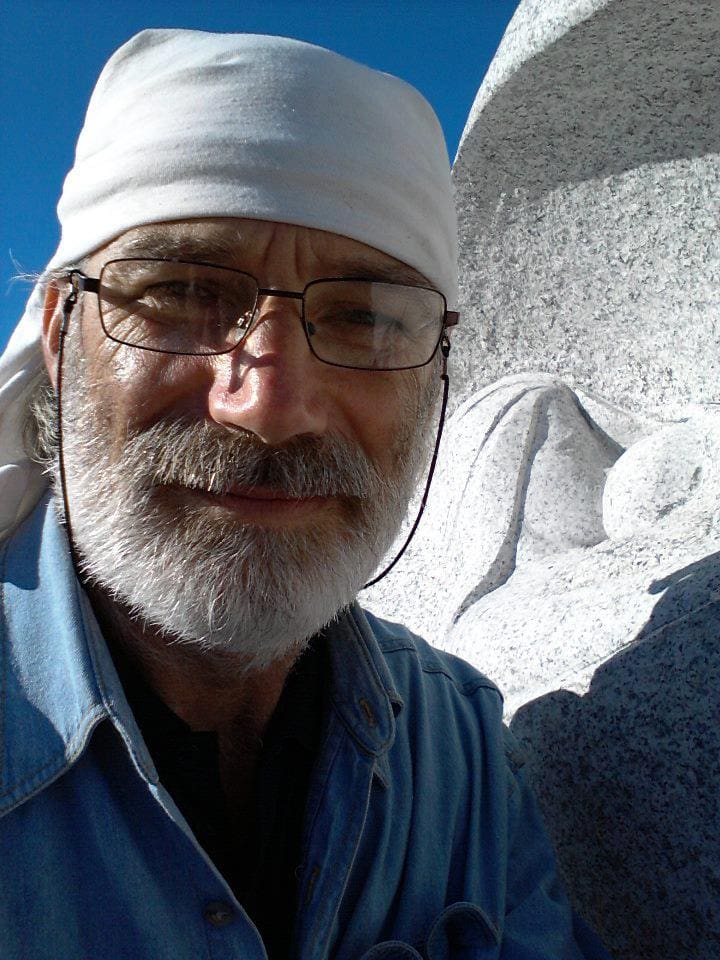
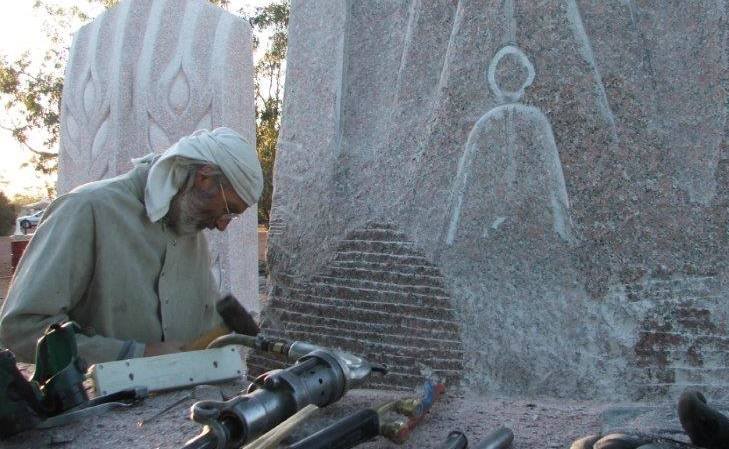
Looking to the Future
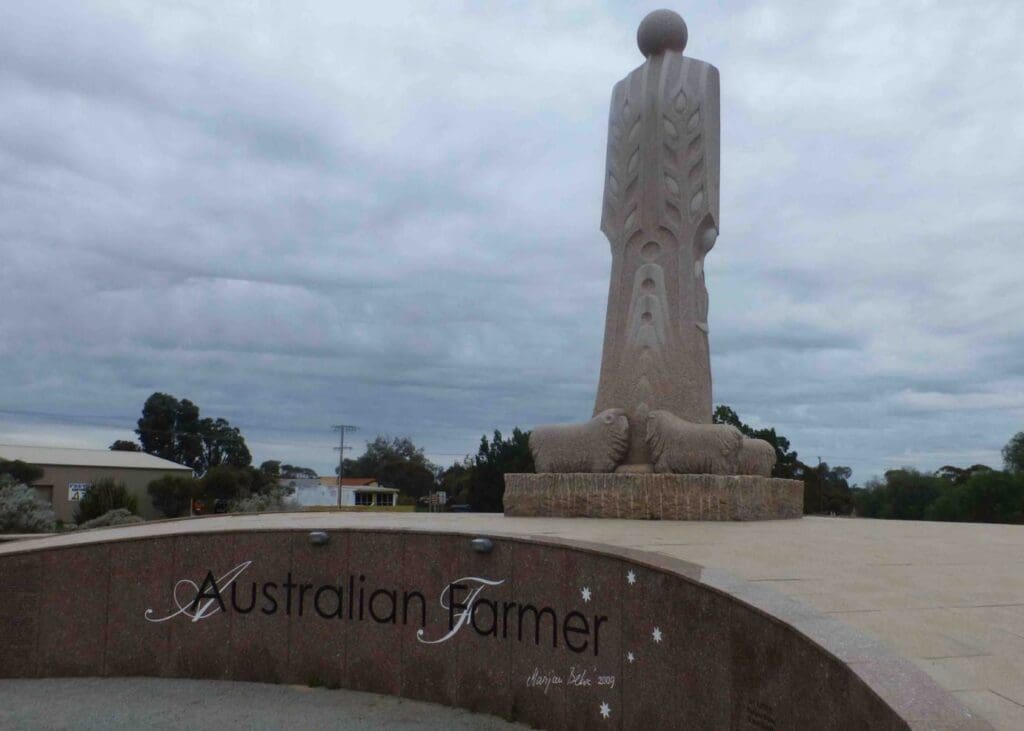
Are you currently working on any new projects or exhibitions?
My latest work, a statue of Our Lady of Fatima, carved from Western Australian granite, holds a special spiritual place in my portfolio. The idea came during adoration in a chapel at St. Mary’s Church in Sydney.
After discussions with the parish priest, I began sculpting on-site so that parishioners and schoolchildren could witness the process. Remarkably, I had just enough stone waiting for this very project!
This was a unique experience—working directly in stone without preliminary sketches. By God’s grace, I completed the vision: a three-metre-tall statue of the Virgin Mary with the three children of Fatima, standing on granite from Port Lincoln.
In addition to the question of whether I’m working on any new projects — yes, I am. I’m finishing up a house I’m building in Wudinna, on a plot I got for $1.
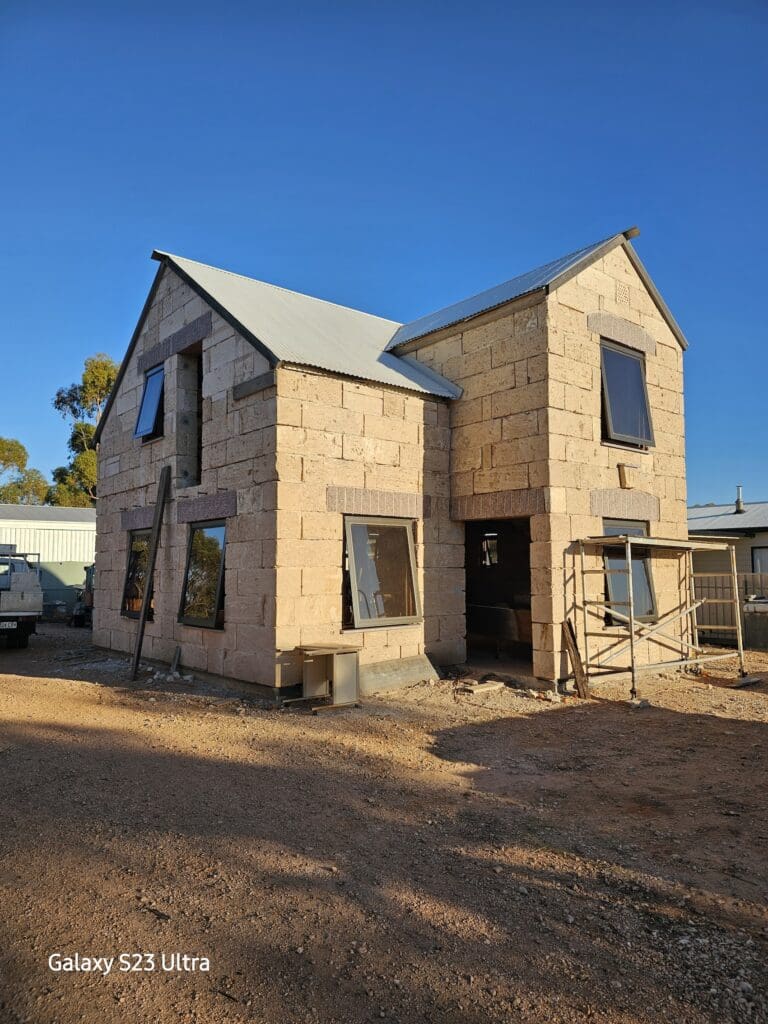
It was like a small bonus or reward from the local authorities for a job well done.
What you see in the photo is the work of my own hands and the hands of my son David. It’s almost an artistic project in itself!
The limestone I sourced from Western Australia. Solid walls, like the old Croatian stone buildings by the sea.
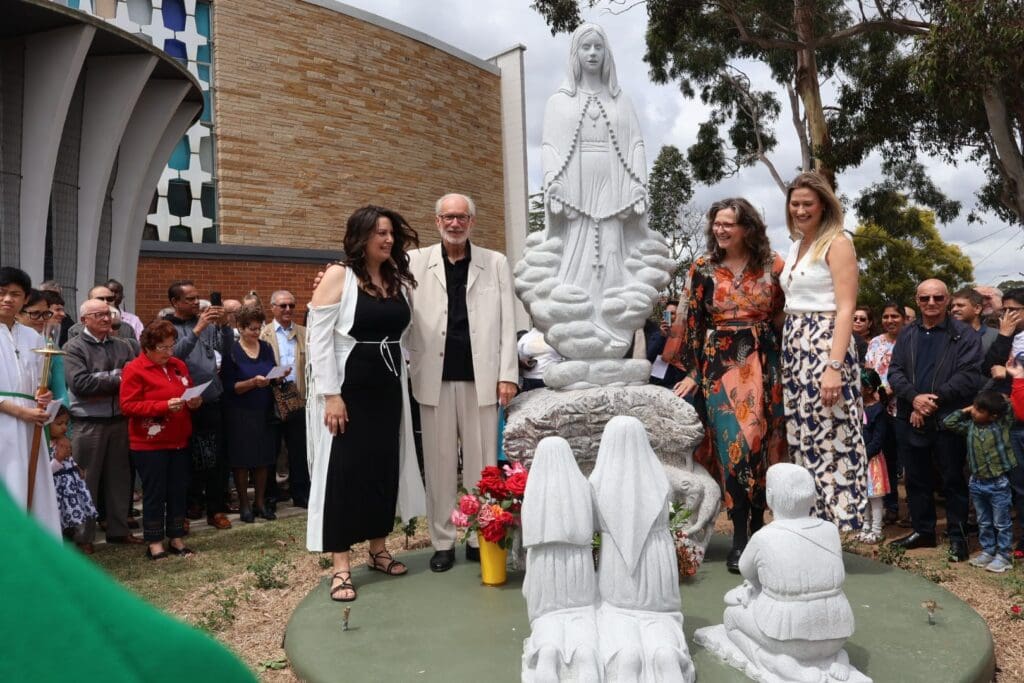
Legacy and Impact
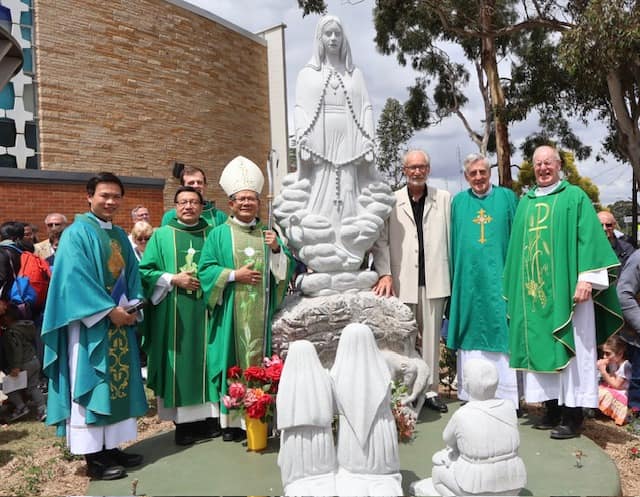
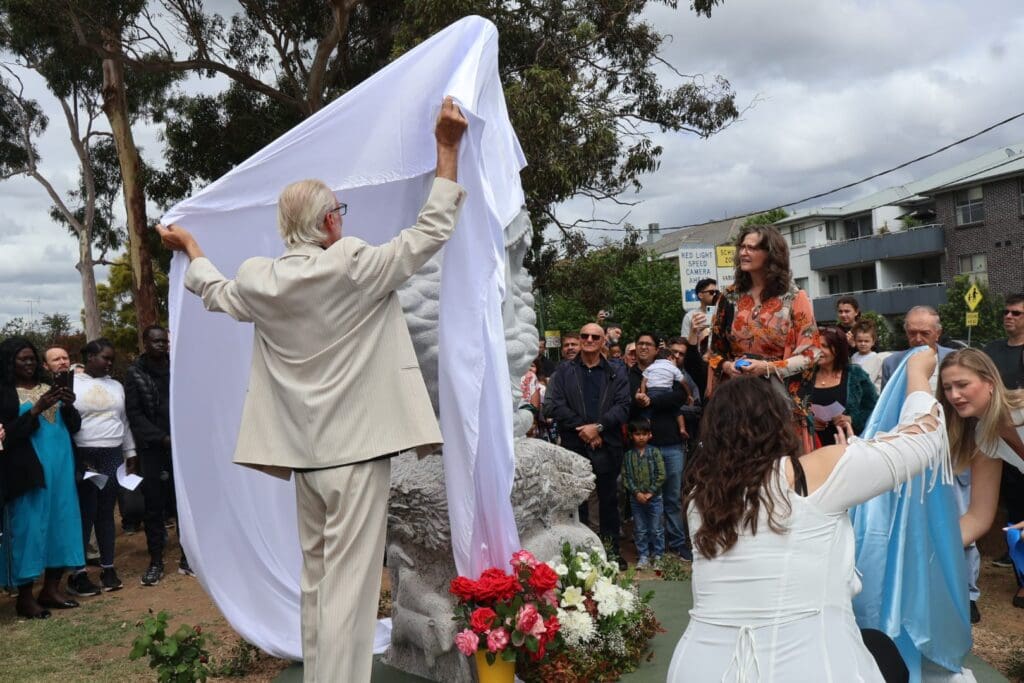
See also Marijan Bekić’s New holy statue in St Marys a ‘labour of love’.

